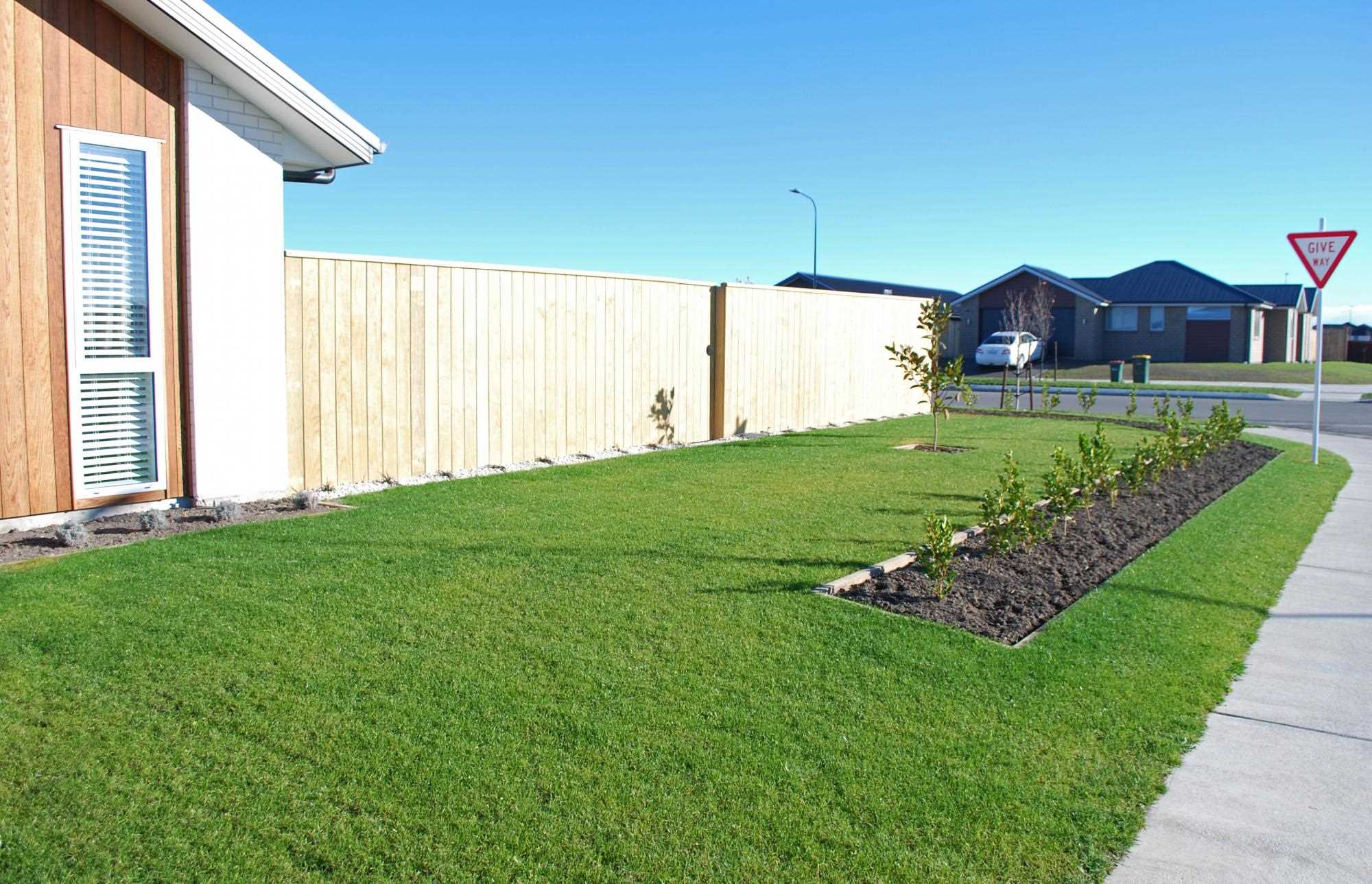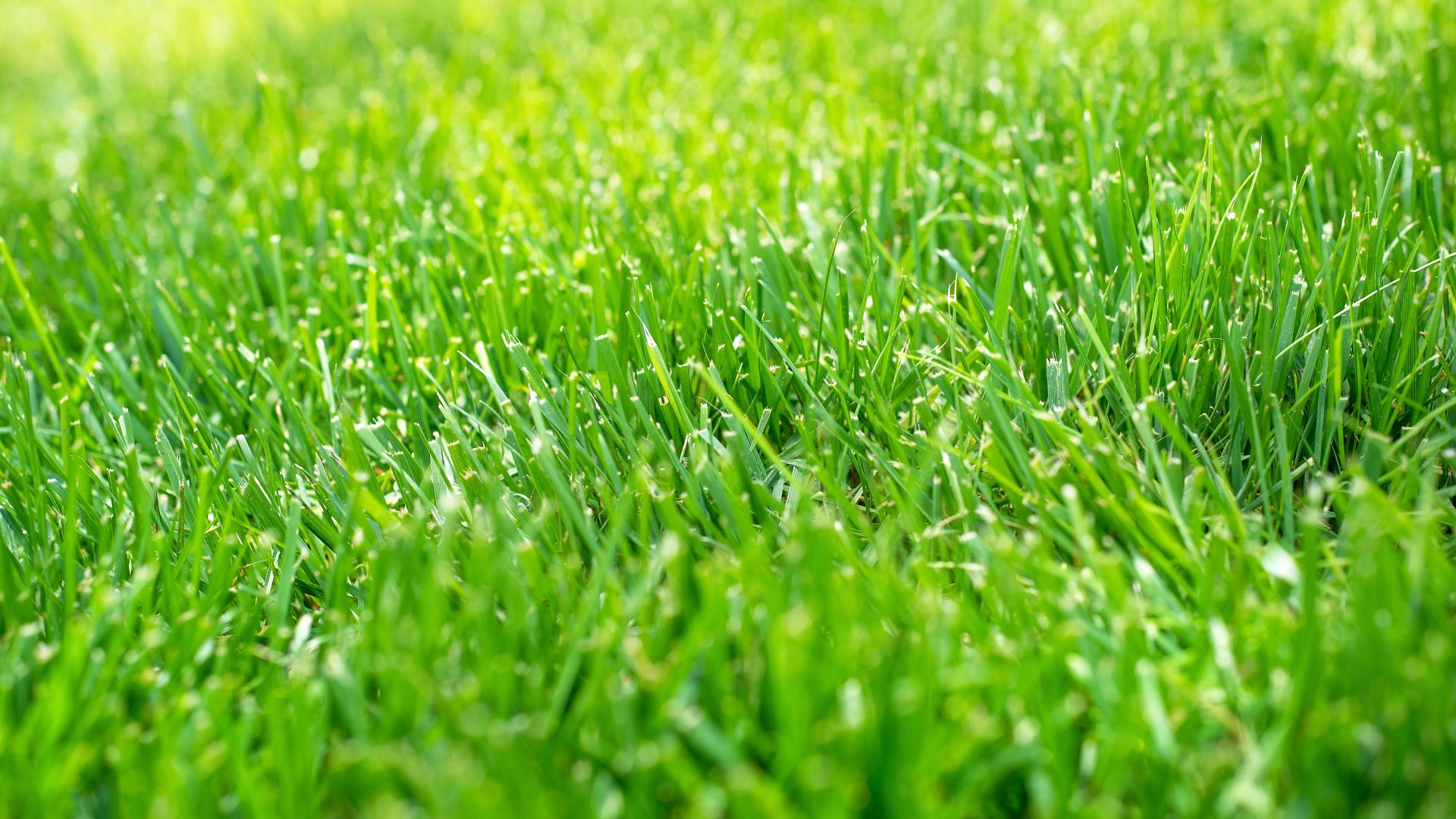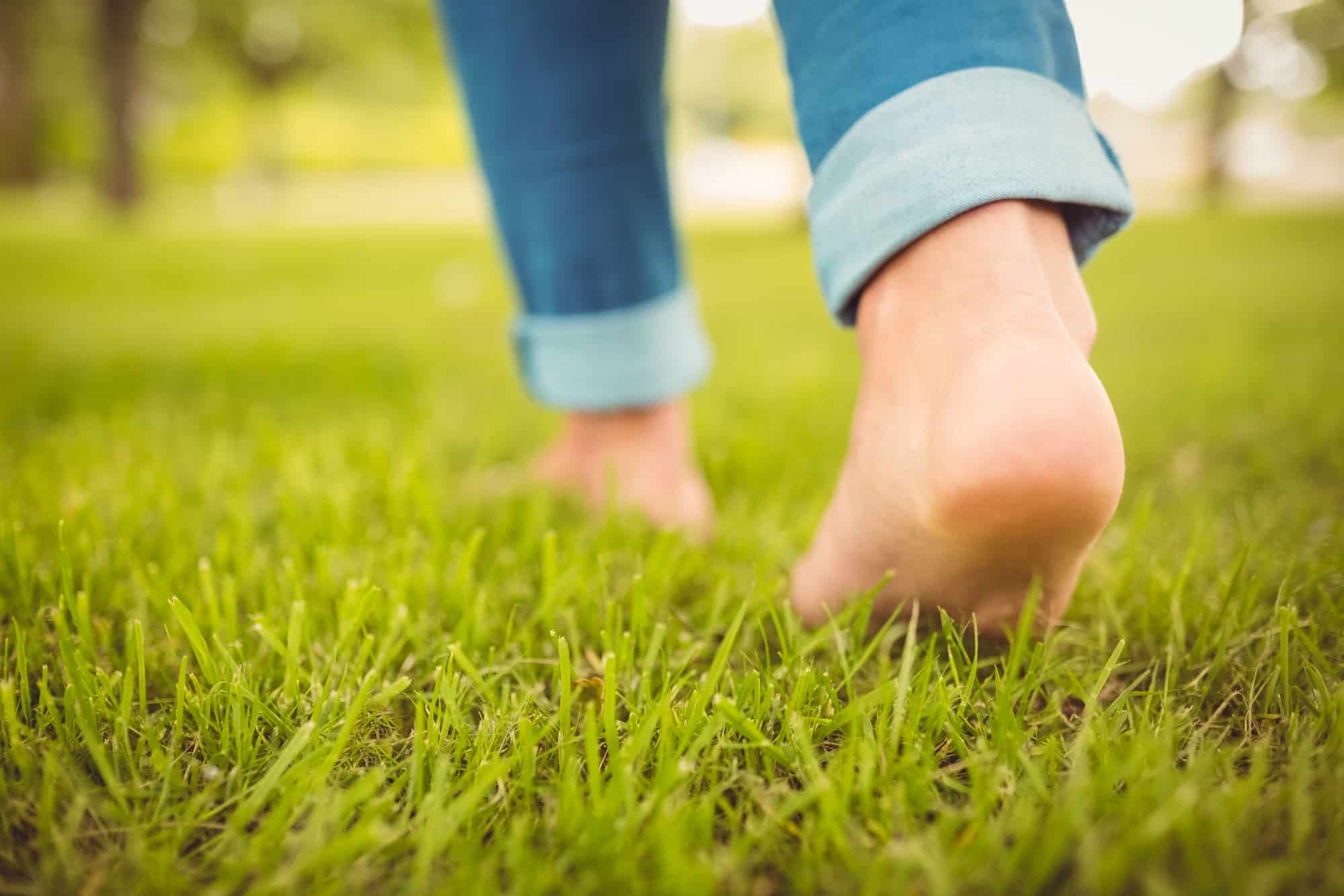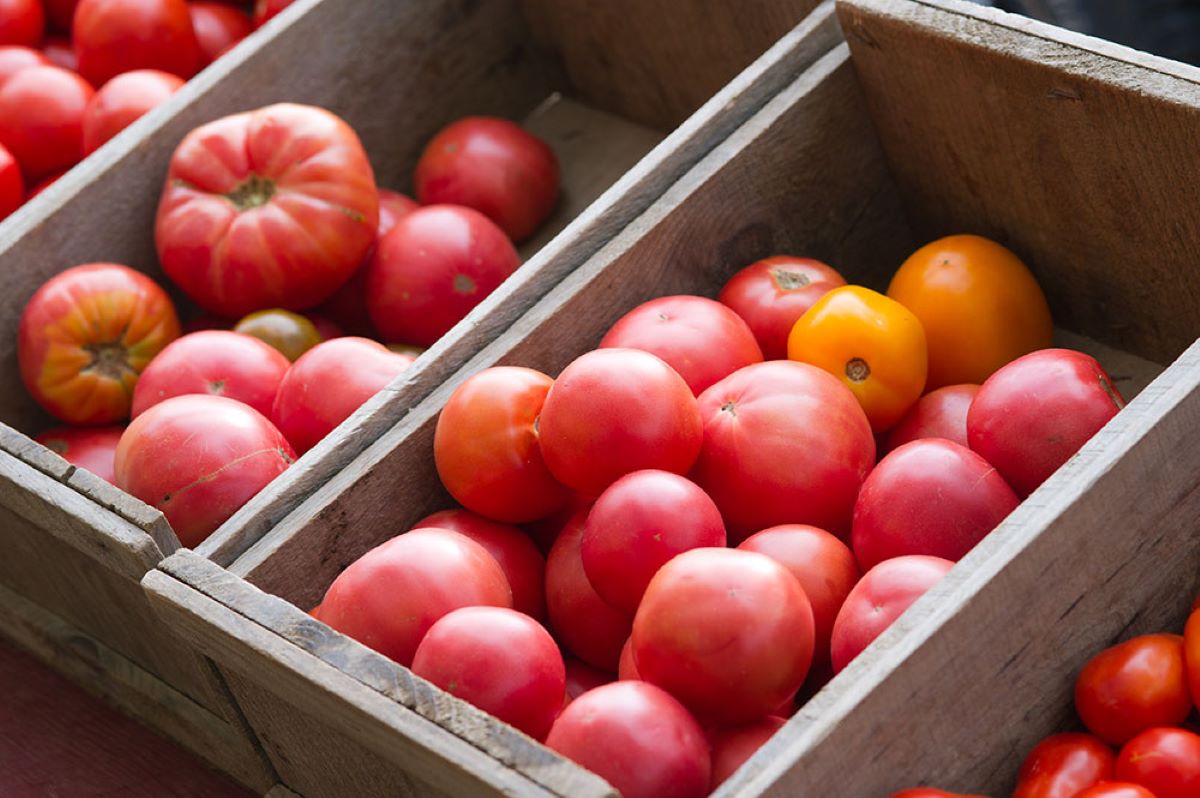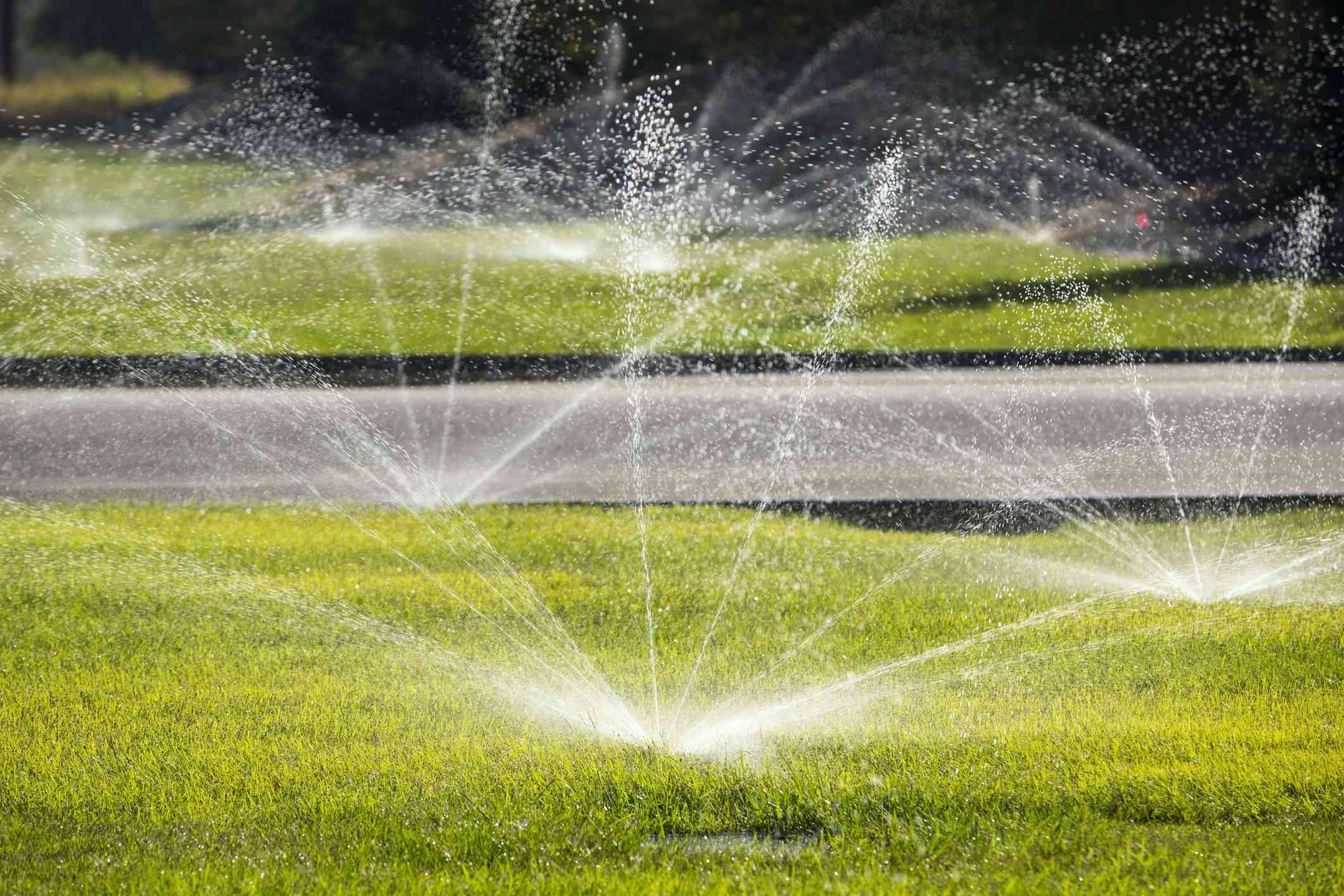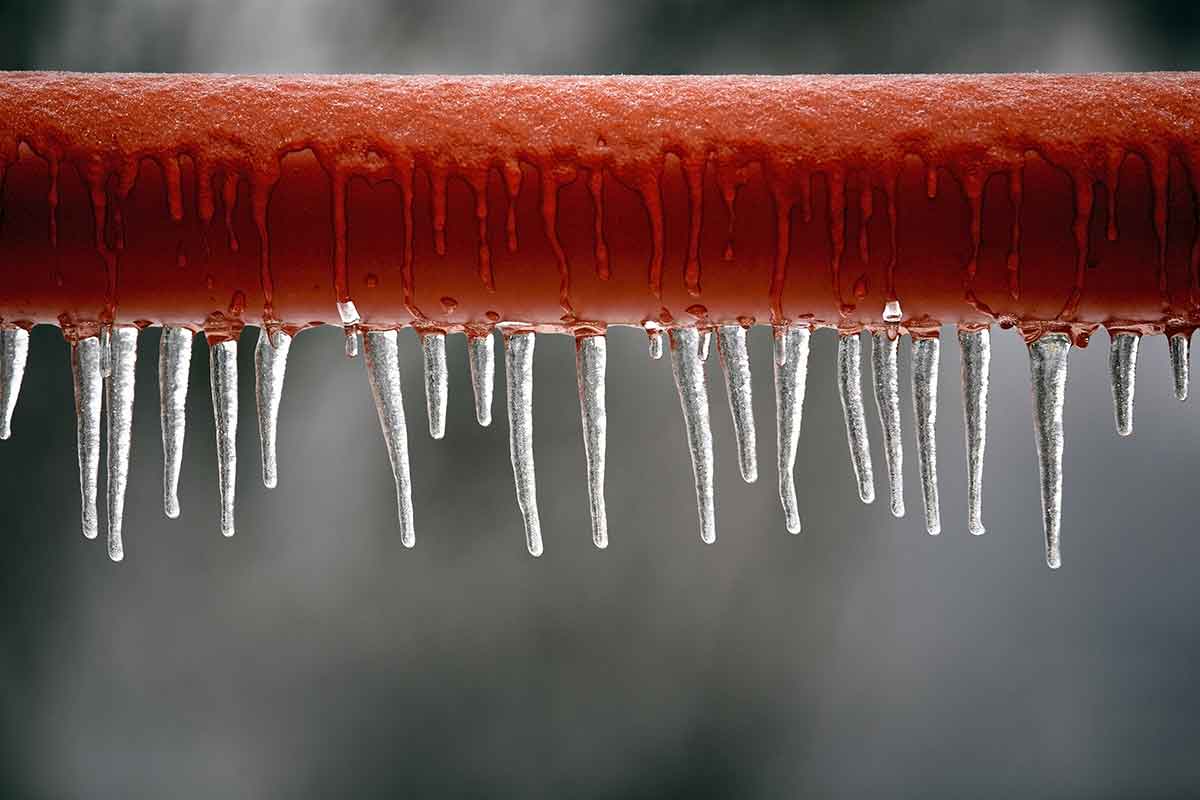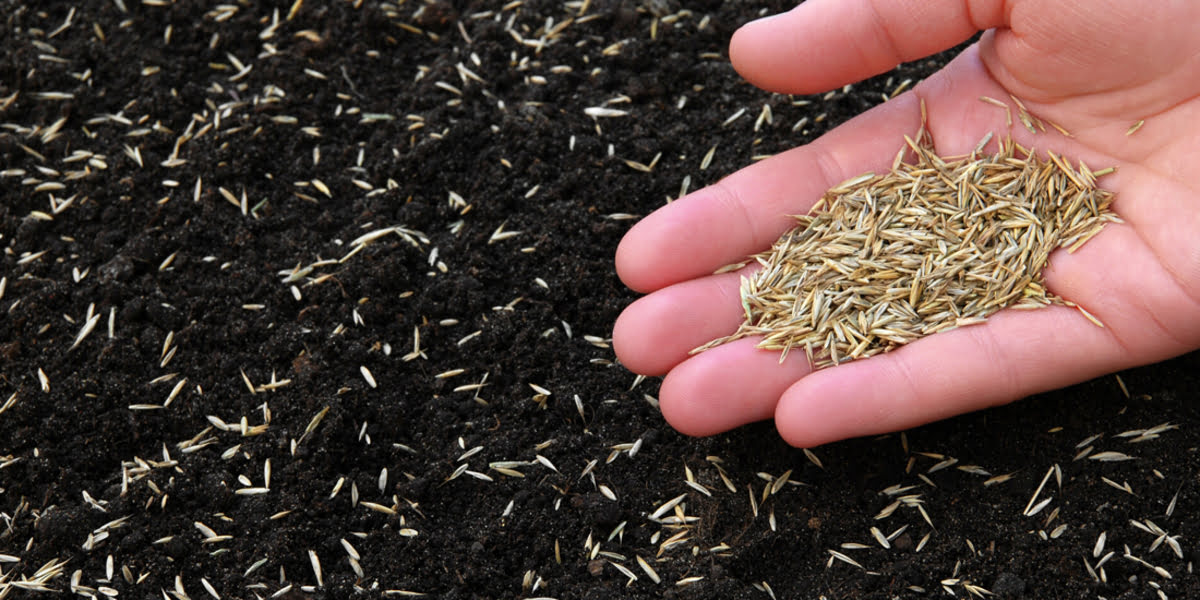Home>Types of Gardening>Ornamental Gardening>What Temperature Is Best For Planting Grass Seed
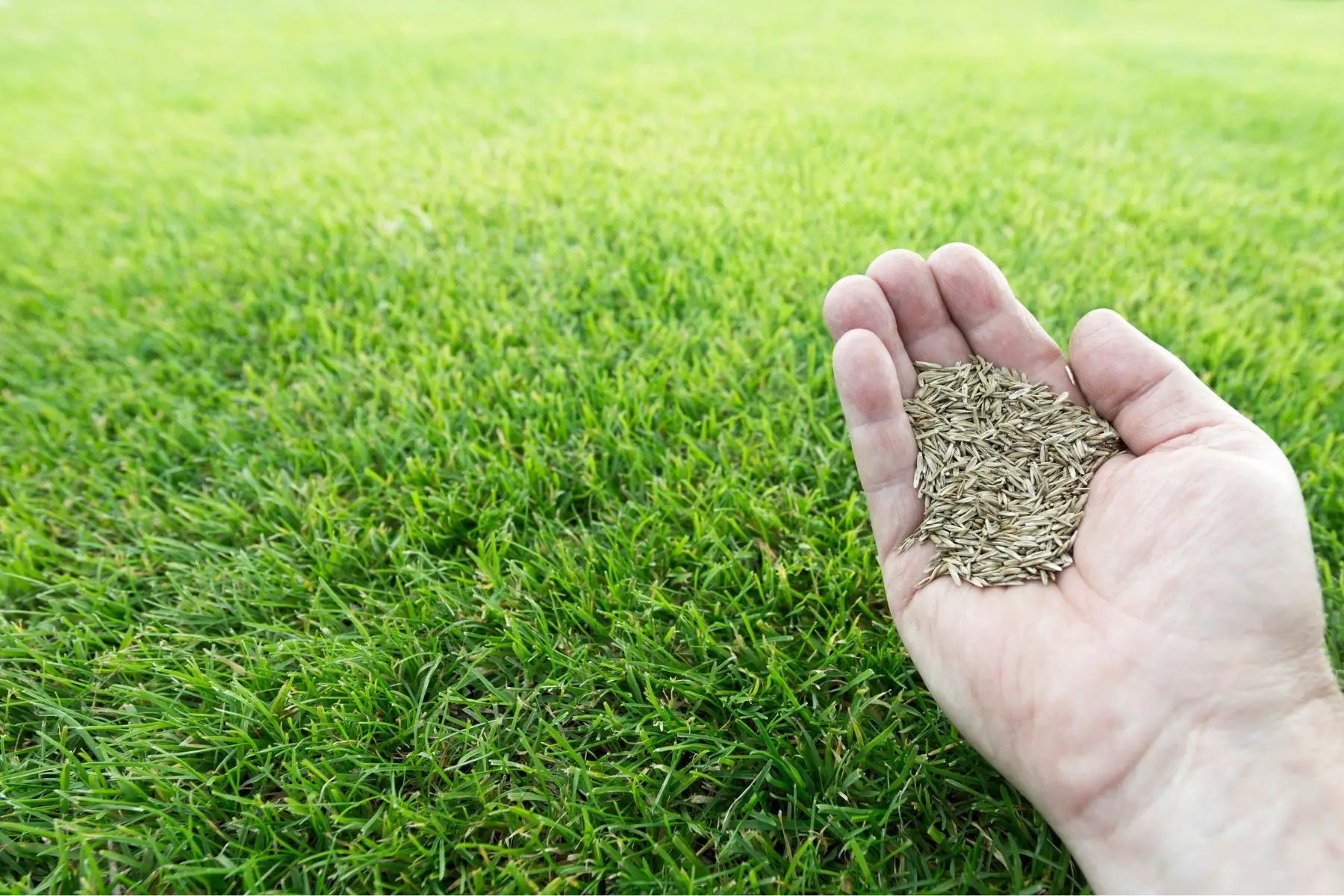

Ornamental Gardening
What Temperature Is Best For Planting Grass Seed
Modified: January 22, 2024
Discover the ideal temperature for planting grass seed in your ornamental gardening projects. Achieve optimal growth and success with our expert tips and advice.
(Many of the links in this article redirect to a specific reviewed product. Your purchase of these products through affiliate links helps to generate commission for Chicagolandgardening.com, at no extra cost. Learn more)
Table of Contents
Introduction
Welcome to the world of ornamental gardening! If you are passionate about plants and looking to beautify your surroundings, ornamental gardening is the perfect avenue for you. With a wide array of colorful flowers, exotic foliage, and unique plant varieties, you can transform your outdoor space into a stunning oasis.
Ornamental gardening is all about creating visually appealing landscapes that showcase the beauty of nature. Whether you have a small backyard or a sprawling garden, there are endless possibilities when it comes to designing and cultivating ornamental plants.
In this comprehensive guide, we will explore the world of ornamental gardening. From choosing the right plants to understanding their specific requirements, we will equip you with the knowledge and skills needed to embark on your own ornamental gardening journey.
Ornamental gardening not only enhances the aesthetics of your space but also provides numerous benefits. It can improve air quality, attract beneficial insects, and create a peaceful and serene environment. Plus, the act of gardening itself can be therapeutic and rewarding, allowing you to connect with nature and find solace in the process.
As we delve into the various aspects of ornamental gardening, we will cover topics such as selecting the perfect plants for your garden, creating a favorable environment, proper planting techniques, watering and fertilizing, and essential maintenance practices.
Whether you are a beginner with a green thumb or a seasoned gardener looking to expand your knowledge, this guide will serve as a valuable resource. Get ready to bring vibrant colors, captivating scents, and a touch of nature’s beauty into your very own outdoor sanctuary.
Factors to Consider for Planting Grass Seed
When it comes to planting grass seed, several factors must be taken into consideration to ensure successful establishment and healthy growth of your lawn. These factors include soil preparation, timing, moisture, and sunlight. Let’s explore each of these factors in detail.
Soil Preparation: Before sowing grass seed, it is essential to prepare the soil properly. This involves removing any existing weeds, rocks, and debris, and loosening the soil to create a favorable environment for seed germination. Adding organic matter, such as compost, can improve soil structure and provide essential nutrients for the growing seedlings.
Timing: The timing of planting grass seed is crucial for optimal growth. It’s best to plant grass seed during the spring and fall seasons when temperatures are moderate. The soil temperature should ideally be around 50 to 65 degrees Fahrenheit (10 to 18 degrees Celsius) for cool-season grasses and 55 to 80 degrees Fahrenheit (13 to 27 degrees Celsius) for warm-season grasses. Avoid planting grass seed during extreme hot or cold weather, as it can hamper germination and seedling growth.
Moisture: Adequate moisture is essential for grass seed germination and establishment. Ensure that the soil is evenly moist but not overly saturated. Regular watering is necessary to keep the soil moist until the grass seed germinates and establishes a strong root system. However, be cautious not to overwater, as it can lead to fungal diseases and shallow root growth.
Sunlight: Most grass species require an adequate amount of sunlight to thrive. Ensure that the planting area receives at least 4 to 6 hours of direct sunlight per day. If your garden has areas with excessive shade, consider planting shade-tolerant grass species that can withstand lower light conditions.
Seed Selection: Choosing the right grass seed variety is crucial for a successful lawn. Factors such as climate, soil type, intended use (residential, sports field, etc.), and desired appearance should be taken into account when selecting grass seed. Consult with a local garden center or extension service to determine the most suitable grass varieties for your specific region.
Proper Seeding Techniques: To ensure proper seed-to-soil contact and even distribution, it is important to follow the recommended seeding techniques. This may involve using a broadcast spreader or a drop spreader, depending on the size of the planting area. Following the instructions on the seed packaging will help you achieve the best results.
By considering these key factors and implementing the appropriate measures, you can increase the likelihood of successful grass seed germination and establish a lush and healthy lawn. Remember to monitor progress, provide regular care, and make any necessary adjustments along the way to achieve the lawn of your dreams.
Ideal Temperature Range for Planting Grass Seed
Choosing the right temperature for planting grass seed is essential for successful germination and establishment of a healthy lawn. The ideal temperature range will vary depending on the type of grass you are planting, whether it is a cool-season or warm-season grass. It is crucial to understand these temperature requirements to ensure optimal results.
Cool-Season Grass: Cool-season grasses, such as Kentucky bluegrass, perennial ryegrass, and fescue varieties, thrive in cooler climates. For these grasses, the ideal soil temperature for seed germination ranges between 50 to 65 degrees Fahrenheit (10 to 18 degrees Celsius). Temperatures above 80 degrees Fahrenheit (27 degrees Celsius) can inhibit germination and affect the seedling’s ability to establish a strong root system. It is best to plant cool-season grasses in early spring or early fall when the soil temperature is within the optimal range.
Warm-Season Grass: Warm-season grasses, including Bermuda grass, Zoysia grass, and St. Augustine grass, prefer warmer temperatures. The ideal soil temperature for germination and establishment of warm-season grass seed ranges from 55 to 80 degrees Fahrenheit (13 to 27 degrees Celsius). These grasses thrive in regions with hot summers and mild winters. It is recommended to plant warm-season grasses in late spring or early summer when the soil temperature is within the desired range.
It is important to note that soil temperature is different from air temperature. Soil takes longer to heat up and cool down compared to the air. Therefore, it is essential to measure the soil temperature to determine the optimal time for planting grass seed.
Planting grass seed outside of the recommended temperature range can result in poor germination, weak seedling growth, and increased susceptibility to diseases and pests. It is crucial to monitor the soil temperature and plan your seeding accordingly to give the grass seed the best chance of success.
In addition to soil temperature, it is also important to consider other environmental factors that can influence grass seed germination and growth. Adequate moisture, sunlight, and proper soil preparation are equally important for the success of your grass seedlings. Ensure that the soil is evenly moist but not overly saturated, provide sufficient sunlight for the seedlings, and prepare the soil properly to create an optimal growing environment.
By understanding the ideal temperature range for planting grass seed and incorporating the necessary environmental factors, you can set the stage for healthy germination and establish a lush and beautiful lawn.
Consequences of Planting Grass Seed at the Wrong Temperature
Planting grass seed at the wrong temperature can have detrimental effects on the germination and overall success of your lawn. It is crucial to understand the consequences of planting grass seed outside of the recommended temperature range to avoid potential issues.
Poor Germination: Planting grass seed in soil that is too cold or too hot can lead to poor germination. Cool-season grasses may struggle to germinate in soil temperatures above 80 degrees Fahrenheit (27 degrees Celsius), while warm-season grasses may have difficulties germinating in soil temperatures below 55 degrees Fahrenheit (13 degrees Celsius). In both cases, the seeds may take a longer time to sprout, or in some cases, fail to germinate at all.
Weak Seedling Growth: Even if grass seed manages to germinate at the wrong temperature, the resulting seedlings may exhibit weak growth. The root systems may not develop properly, making the seedlings more susceptible to stress, drought, and disease. Weak seedling growth can lead to sparsely populated areas in the lawn and an overall patchy appearance.
Disease and Pest Vulnerability: Grass seed planted in unfavorable temperatures can weaken the seedlings’ immune system, making them more vulnerable to diseases and pest infestations. Prolonged exposure to cold or hot temperatures can stress the seedlings, making them less able to defend against pathogens and pests. This can lead to the decline of the grass and the need for additional treatments and interventions to restore its health.
Wasted Time and Effort: Planting grass seed at the wrong temperature can result in wasted time, effort, and resources. If the seeds fail to germinate or produce weak seedlings, you may need to reseed the area or resort to additional lawn restoration techniques. This can set back your landscaping plans and require additional resources to rectify the situation.
It is important to follow the recommended temperature guidelines for planting grass seed to give the seeds the best chance for successful germination and establishment. By planting within the optimal temperature range, you can reduce the risk of poor germination, weak seedling growth, and increased vulnerability to diseases and pests.
Take the time to monitor soil temperatures and plan your grass seeding accordingly. Consider using a soil thermometer to accurately assess the temperature and ensure it falls within the ideal range for your chosen grass species. By doing so, you can maximize the success of your lawn establishment and enjoy a healthy and vibrant landscape.
Tips for Maintaining Optimal Soil Temperature for Grass Seed Germination
Maintaining the optimal soil temperature is essential for successful grass seed germination. By following these tips, you can create a favorable environment that promotes healthy growth and establishment of your grass seedlings.
1. Monitor Soil Temperature: It is important to monitor the soil temperature to ensure it falls within the optimal range for your chosen grass species. Use a soil thermometer to take accurate readings at different times of the day and in various locations within the planting area.
2. Choose the Right Time to Plant: Plan your grass seeding during the appropriate season when the soil temperature is within the ideal range for your grass type. Cool-season grasses should generally be planted in spring or fall, while warm-season grasses are best planted in late spring or early summer.
3. Warm the Soil: If the soil temperature is below the desired range, you can warm it by using clear plastic mulch or covering the area with a black tarp. These coverings trap heat from the sun, raising the soil temperature and promoting faster germination.
4. Cool the Soil: If the soil temperature is too high, you can cool it by watering the area thoroughly before planting the grass seed. Watering the soil helps to lower the temperature and provides moisture for germination.
5. Time Your Watering: Water the soil a day or two before planting grass seed to ensure it is evenly moist but not waterlogged. The moisture will help create an ideal environment for seed germination and root establishment.
6. Provide Adequate Shade: If you are planting cool-season grasses during warmer months, provide some shade to prevent the soil temperature from getting too hot. You can use shade cloth, temporary structures, or even strategically placed shade-providing plants to offer some relief from direct sunlight.
7. Consider Straw Mulch: After seeding, consider applying a thin layer of straw mulch to help insulate the soil and maintain a steady temperature. The mulch also helps to retain moisture and protect the seeds from birds and wind.
8. Water Regularly: Proper irrigation is crucial for maintaining optimal soil temperature and promoting seed germination. Water the planted area regularly, keeping the soil consistently moist but not soggy. Avoid over-watering, as excessive moisture can lead to fungal diseases and poor seedling development.
9. Provide Good Drainage: Ensure that the soil has proper drainage to prevent waterlogged conditions. Poor drainage not only affects the soil temperature but also increases the risk of root rot and other water-related issues.
10. Monitor and Adjust: Regularly monitor the soil temperature and adjust your watering and other maintenance practices accordingly. As the seeds germinate and seedlings emerge, continue to provide the necessary care and adjust irrigation to support their growth.
By implementing these tips, you can maintain an optimal soil temperature for grass seed germination and create an environment that encourages healthy growth and establishment. Remember that each grass species may have slightly different temperature preferences, so it’s vital to research and understand the specific requirements of the grass you are planting.
Conclusion
Ornamental gardening is a wonderful way to add beauty and charm to any outdoor space. By carefully selecting the right plants, understanding their specific requirements, and implementing proper planting and maintenance techniques, you can create a stunning landscape that brings joy and tranquility.
Throughout this guide, we have explored various aspects of ornamental gardening, from choosing the perfect plants to maintaining optimal soil temperature for grass seed germination. By considering factors such as soil preparation, timing, moisture, sunlight, and seed selection, you can set the stage for a successful gardening journey.
Remember that each plant is unique and may have specific care needs. Be sure to conduct thorough research or seek guidance from local experts or gardening professionals to ensure that you are providing the best care for your chosen ornamental plants.
Ornamental gardening is not only a creative outlet but also a rewarding experience. As you witness your plants flourish and your landscape transform, you will appreciate the time and effort invested in creating a beautiful outdoor haven.
So, roll up your sleeves, grab your gardening tools, and let your creativity blossom as you embark on your ornamental gardening adventure. With passion, knowledge, and a touch of nature’s magic, you can create a breathtaking oasis that will be the envy of all who witness its beauty.
